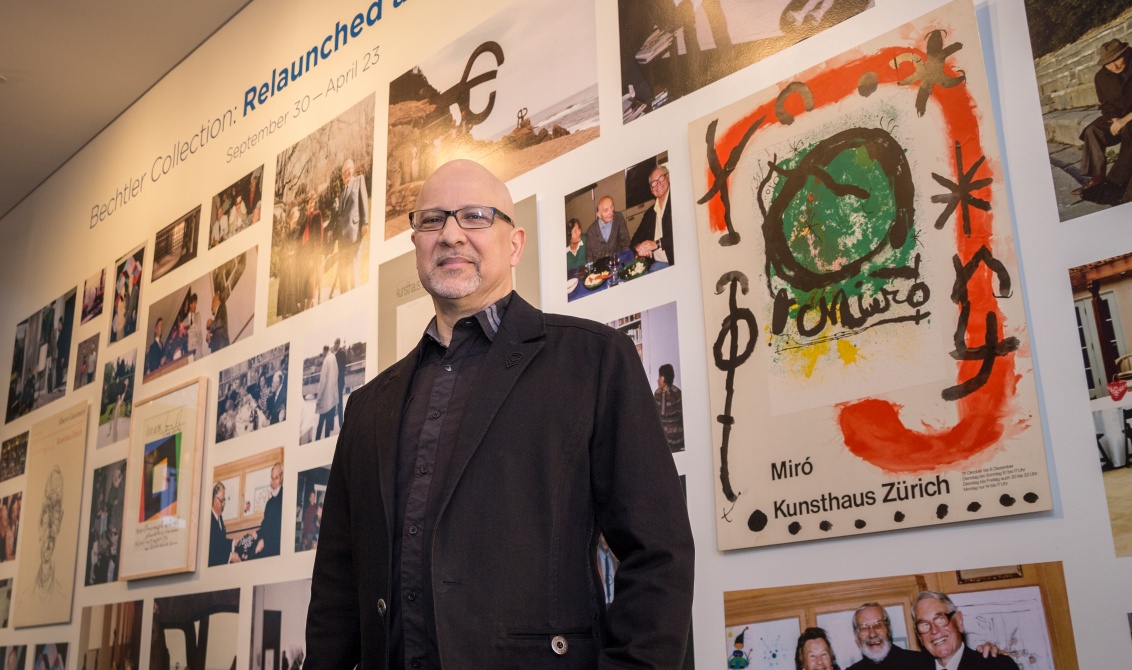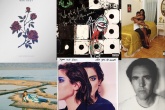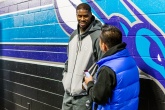By Lindsay Kosma
December 16, 2016
“Jazz crosses all boundaries for the listener. And that is why jazz and improvisation and the electricity of this music is so universal and appreciated in so many countries where it didn’t originate. It has that organic oneness to it- that it’s happening in the moment and we’re a part of it.”
There is a special class of musician, the kind that other musicians listen to and are inspired by. That’s Ziad Rabie. The saxophonist, writer, and composer has a long list of collaborations with some notable names in music. Since 2010, Rabie has played the first Friday of every month at the Bechtler Museum of Modern Art with his quartet that includes Noel Freidline (or Chad Lawson) on piano, Rick Dior and/or Al Sergel on drums, and Ron Brendle on acoustic bass. The collaboration with the Bechtler, called “Jazz at the Bechtler,” is intended to regularly showcase jazz music in a space where it can be truly respected and appreciated by an audience for the artistry that it is.

On the debut night of the jazz quartet in May of 2010 there were about 60 people in attendance. By the third performance they had around 400 in the crowd and the show has been sold out ever since. Each month there is a different theme for the performance so every show is a new experience.
“There have been times that we have actually coordinated the performance with exhibits in the museum. We explored what music was being created in the same time period as the art on display and found a lot of the artists and musicians were inspired and influenced by each other. For example, we found that Coltrane’s Blue Train album has cover work that was inspired by Pablo Picasso’s Blue Period.” said Rabie.
The quartet frequently features guest musicians who bring a unique element to the performance. In their most recent (and one of Rabie’s favorite) performance this November, the quartet played with Frédéric Yonnet, who plays chromatically on a diatonic harmonica, allowing him to play twice as many notes as the instrument was intended for. Additionally, the group also aims to showcase a variety of different styles of music. “It is a revelation when you see players as players instead of a certain ‘type’ of player. You don’t have to be just one thing, it’s all one thing. Music is big,“ said Rabie. “I take the attitude that if it’s good it’s good. I don’t necessarily like to pigeonhole myself into only being a jazz player even though there is a school of thought that suggests if you play anything other than jazz you aren’t a true jazz musician. But I’d argue that if it was good enough for Miles Davis, then what’s your beef? There has always been resistance to innovation in art.”

Ziad Rabie himself has a very inclusive view of music and an appreciation for it that transcends genres, time, and status. His father, Diab Rabie, was an Arabic poet who made his living in the nightclub business after moving to America in the late 40s. At a very young age, Rabie was intimately exposed to many of the notable artists of the 1960s, like Count Basie and Si Zentner, Little Richard and The Coasters, and others who would play in his father’s club. At ten years old, Rabie would take home (without permission) records, from jazz to rock n’ roll, and play along with them in his room. This childlike wonder remains an integral thread in his career, connecting his feelings and experiences to his music.
“Emotion. If you’re not playing with your heart, and giving the music something of yourself that’s genuine and expressive, then you might as well have a machine playing it for you,” said Rabie about his style of playing. “That is the one thing that separates good musicians from others. You’ve got to get inside yourself. You have to take your knowledge and assimilate it with your emotional content. That is the only thing that’s going to give you individuality. That, in itself, is the true definition of artistry.”
And that type of artistry is exactly what Rabie and his quartet bring each time they showcase their music at the Bechtler. This comprehensive mindset and genuineness is apparent in each performance– whether they are featuring a guest artist, finding inspiration in visual art, or infusing a particular style of music into their usual playing.
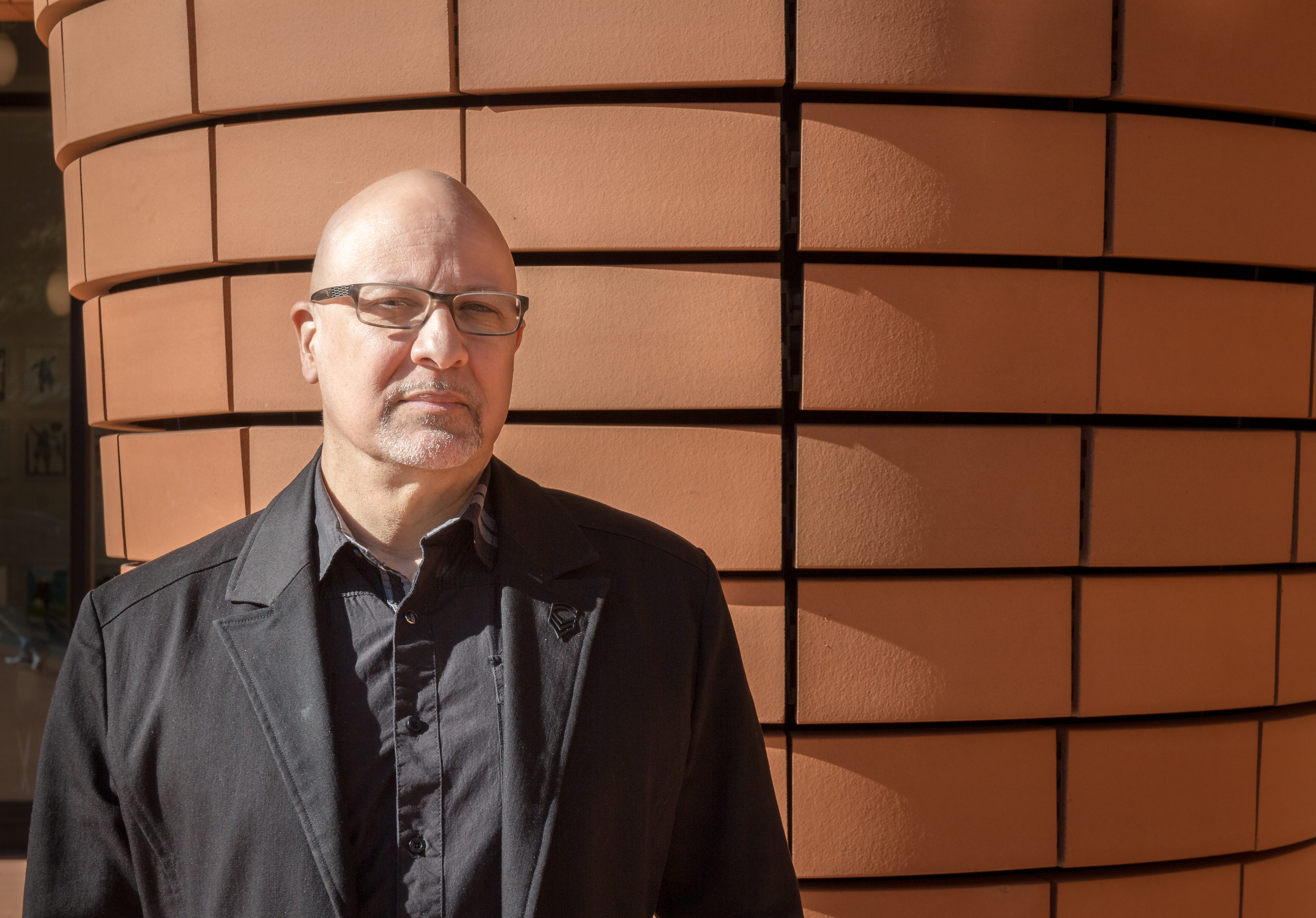
With all of the changes happening in Charlotte, particularly with more and more music venues closing, it’s vital to maintain a reliable presence. Equally important is engaging the community and the community engaging back and supporting local artists. This hits close to home, especially since Rabie is “one of the last remaining natives,” having grown up in the city he has since returned to.
“I appreciate progression and think growth is good but I also believe there is a lot of value to tradition. A place like The Double Door, for instance, is such a historical venue and there have been so many legends who have graced that stage,” said Rabie. “I know how much the place meant to me growing up. It was the place to sit in with other musicians who were exploring all types of music. It was the first place I ever sat in with a band.”
In collaboration with the Bechtler, Ziad Rabie and his quartet have been able to expose interesting styles of music and create new traditions in an ever-expanding city. Jazz, as a dynamic style of music, is best served to an open mind and, thus, it was important to both parties to create a platform where the expression and creativity could flow freely.
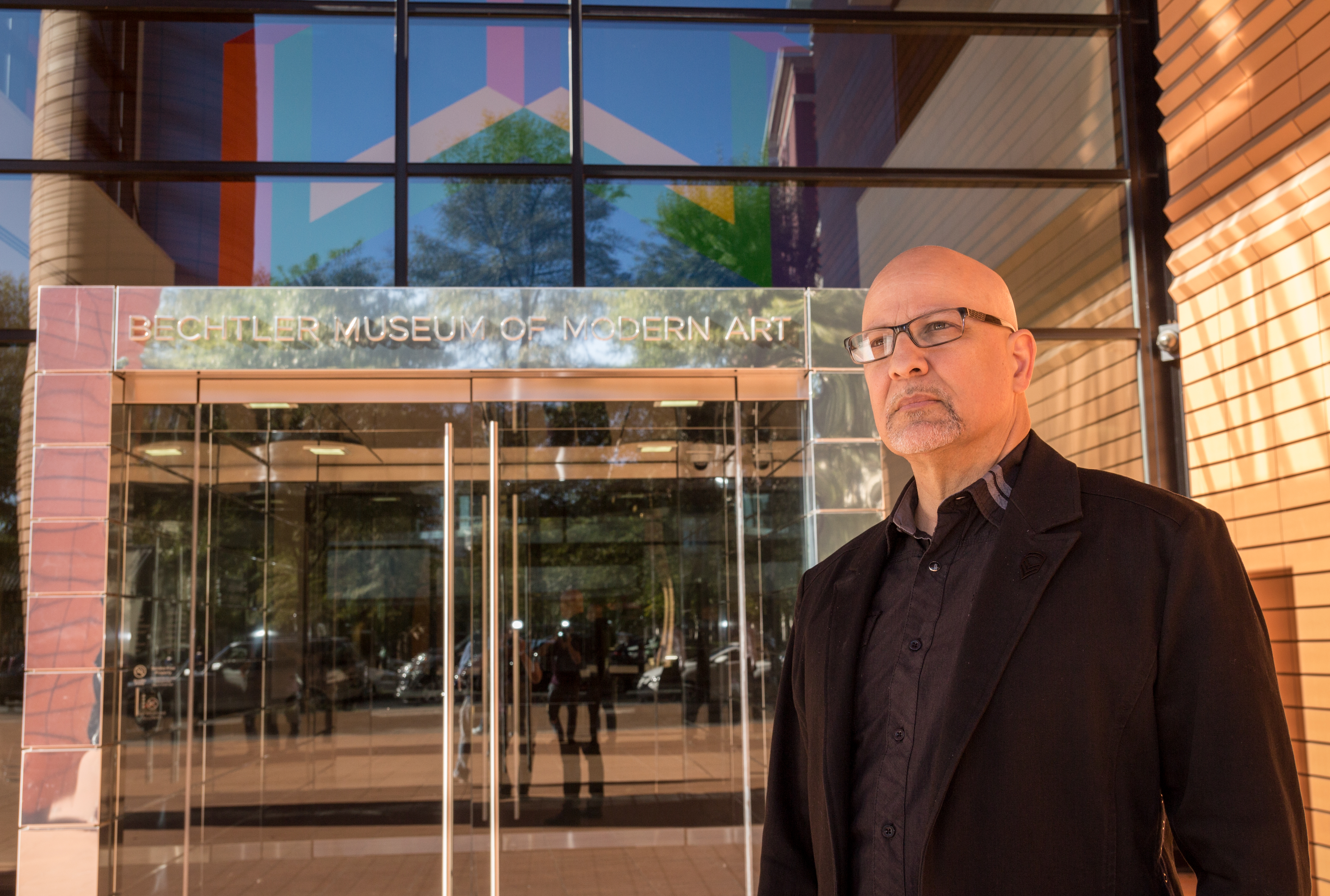
“I subscribe to this statement made by Sonny Rollins and he says ‘I am still living so I am still practicing’ and I think that is the beauty of jazz that you never really feel unchallenged anymore, there is always something new and different that you can explore,” said Rabie.
Read next:
https://clture.org/tom-gabbard/
